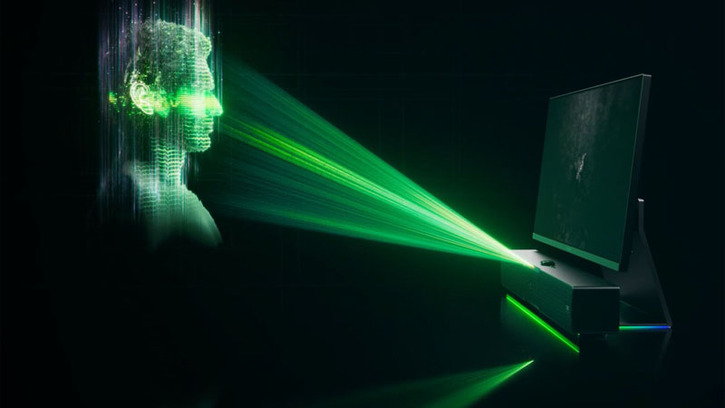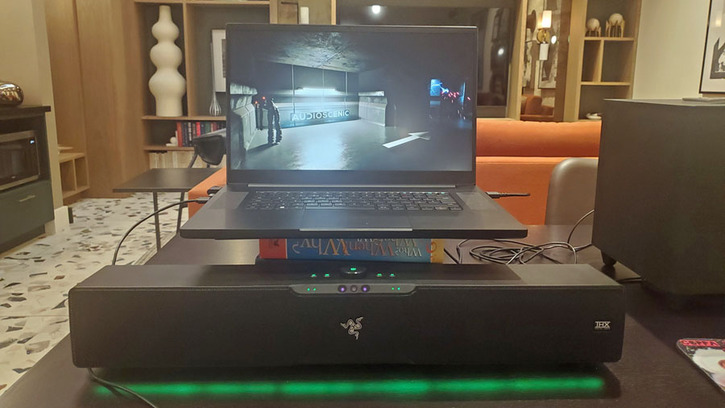One of the roadblocks preventing more consumers from enjoying spatial audio/immersive sound at home is the requirement for lots of speakers. Though some soundbars and speakers use a form of "virtualization" to simulate surround sound without speakers behind the listener, the actual implementations of this technology are usually less than impressive-sounding.
A company called Audioscenic is attempting to bring immersive sound to the masses using a technology called "3D Audio Beamforming." Beamforming is a way of making sure that a listener receives sound that is optimized for his or her specific ears and location. By knowing where your ears are, Audioscenic can broadcast a customized binaural signal to those ears that can make you believe you're hearing sound from all directions. It's sort of like putting a virtual pair of head-tracking headphones on your ears, but without the actual headphones on your ears.
So how does Audioscenic know where your ears are? With a camera of course. By tracking your head (and ear) position, AudioScenic can create a customized binaural audio signal in real time that delivers the exactly right information to each ear to create a true binaural signal. And once they do that, they can create a very convincing simulation of surround sound without the need for speakers behind the listener.

The technology is still in its early days, but there has been one implementation in a production product so far, and it has received numerous positive reviews, accolades and awards. The Razer Leviathan V2 Pro soundbar ($399.99) is a compact but powerful desktop soundbar designed for gamers. I listened to a demo of the product at a recent press briefing and it definitely created the illusion of sound coming from all directions (including behind me), without the need for additional speakers. The soundbar has an integrated camera to track head position so even if you move your head around, the surround soundfield is still rock solid. The bar comes with a powered subwoofer for effective low bass reproduction.

The company also demonstrated the technology on a Razer laptop. Using the laptop's built-in speakers and webcam to track head position, Audioscenic was able to deploy a custom software-based solution to create immersive surround that extended well beyond the speakers and behind the listener's head. Of course, it didn't sound as impressive as the soundbar, but the sound quality was limited mostly by the inexpensive laptop speakers and lack of any powered subwoofer to enhance the bass response. It's easy to imagine that a laptop maker could create truly impressive surround sound field from a decent pair of laptop speakers combined with Audioscenic technology embedded in the computer. It could also be done with a pair of powered desktop speakers as long as they have the necessary camera and Audioscenic processing.
The company is currently courting additional partners to bring more of these products to market. They believe the potential goes beyond the gaming market to any consumer who wants to get immersive surround sound from TV shows, movies and music without having to install lots of speakers. Audioscenic is pitching the tech to manufacturers of TVs, speakers, soundbars and PCs. Adopting this tech could allow a manufacturer to stand out from the competition just as Razer has done with this new soundbar.
More Information:
Related Reading:
Sonos ERA 300 Does Dolby Atmos Immersive Surround from a Single Speaker